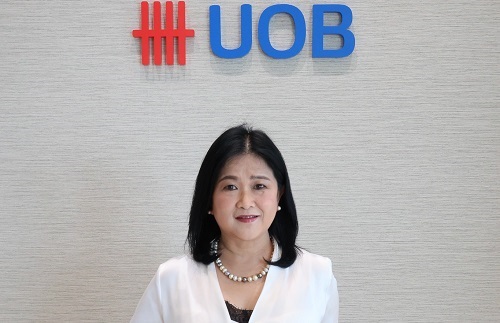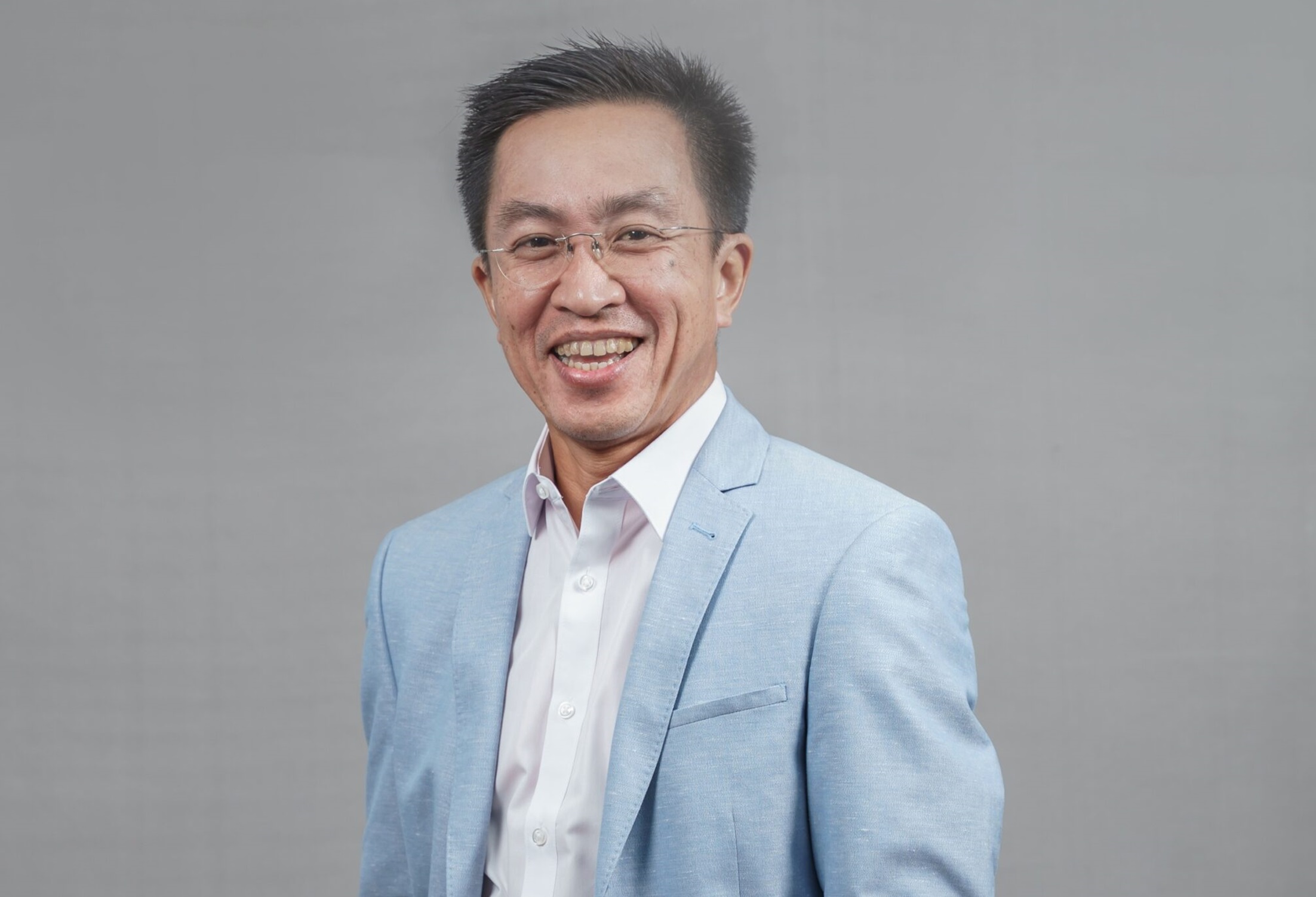Keeping agile and continuous communication key to HR leadership

Much needs to be said about HR leaders who have helped to channel and push policies championing the workforce, as HR leaders often are working to reach goals and objectives set by leaders and the board of directors, which also act as mediators between the employer and employees. They also help champion causes, benefits, and needs on behalf of these employees. HR leadership is crucial for organisational growth, and it becomes imperative to champion great ones.
In recognition of outstanding HR leadership, HR Fest Awards 2024 presented Sasiwimol Arayawattanapong, Head of Human Resources, United Overseas Bank (Thailand), with the HR Leader of the Year award.
Speaking to HRM Magazine Asia, Sasiwimol attributed this accolade as a significant professional and personal milestone. “This award is not just about the achievement, but it is also a testament to the support and collaboration of the HR team and colleagues,” shared Sasiwimol. “It inspires me to continue pushing the boundaries in HR and to create more inclusive, effective, and employee-focused initiatives.” In all, Sasiwimol views the award as a reinforcement of her commitment to positively impacting the workforce and the whole organisation.
In Sasiwimol’s work and dedication at UOB Thailand since 2001, she has had a keen insight into the work and duty needed to be a part of the human resources team and understands what it means in 2024. Some of the key focus and trends that she believes the organisation should work on include investing in employee development and retention; prioritising mental health and wellbeing for employees within organisations; strategic workforce planning to upskill and reskill employees with future skill needs, succession planning; and streamlining the process of talent acquisition by utilising experience.
But how does Sasiwimol intend to train the next generation of employees, especially those who are planning to become leaders? To her, it starts with a thoughtful approach that seeks to balance wisdom and innovation through four different pillars. The first begins with fostering a learning environment.
Sasiwimol suggested that HR leaders mentor others by emphasising the importance of keeping up with the latest HR trends, technologies, and best practices and that it was important to encourage successors to develop an Individual Development Programme (IDP), or a tool to help employees develop their career and personal development by helping employees reach short and long-term career goals, as well as improve their current job performance. This is paramount, of course, on the rapport built between employees and managers, and involves continuous communication and feedback between both parties.
With that in mind, the communication that employees and managers should share includes experience, such as the personal experiences of managers to be used as teaching tools. The important bit, she espouses, involves sharing both successes and failures to provide a realistic view. “We regularly convene meetings with direct reports to discuss company updates, challenges, and successes,” she explained. “These meetings are designed to encourage open dialogue and feedback.” Additionally, team leaders are instructed to further share these stories with their respective teams, ensuring a cascade of transparent communication throughout the organisation.
READ MORE: Going above and beyond: The DNA of a modern workday leader
Sasiwimol also encouraged leaders and employees to network and build a professional network by encouraging them to participate in HR-related events, as connections can provide diverse perspectives and opportunities for collaboration, as well as prepare these employees to lead through change, with the help of change management.



